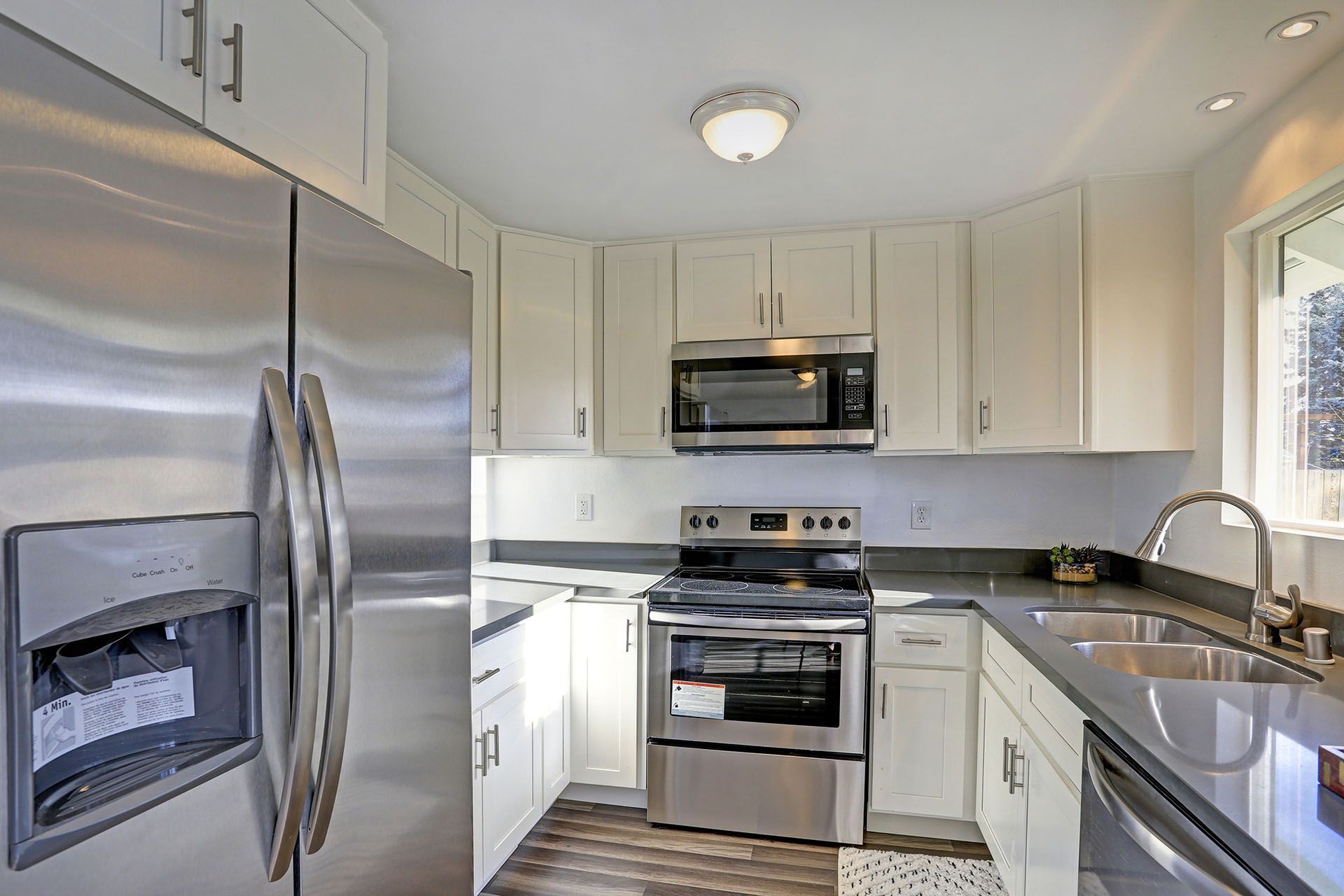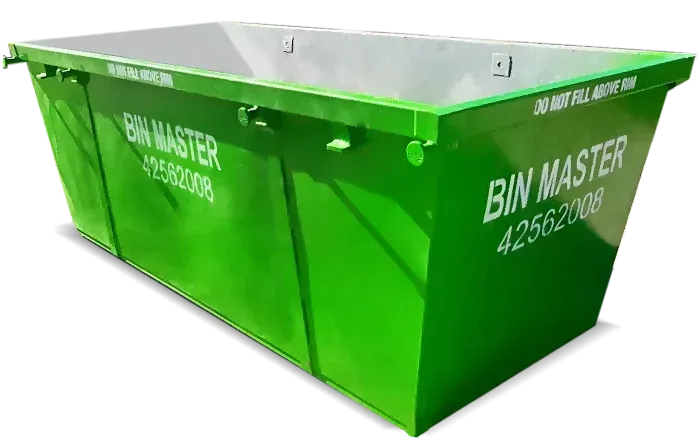What Are White Goods: The Complete Appliance Breakdown
Ever wondered why Aussies keep calling fridges, washing machines, and dishwashers “white goods” when half of them these days are stainless steel or jet black? It’s one of those quirky terms that’s stuck around, even if the colour isn’t always white anymore. For most people, it’s a familiar phrase. But if you’re new to it, don’t worry. You’re not alone. You might find yourself asking: what are white goods, what counts as an example, and how are they different from “brown goods”? Let’s find out.
What Are White Goods in Australia?
In Australia, “white goods” generally refers to large, major household appliances that perform tasks related to food storage, cleaning, and laundry. The name originates from the mid-20th century, when most of these appliances were manufactured with white enamel finishes and were traditionally white. Although many modern appliances now come in different colours, the traditional term is still used to group them, regardless of style or brand names.
For Australians, white goods are often an important part of renting or buying a home. Lease agreements, for example, may state whether the property comes with white goods included. Real estate listings may also specify if essential appliances such as a fridge or washing machine are provided. This distinction can influence moving costs, as tenants sometimes need to bring their own white goods or arrange delivery of new ones.
What Are Examples of White Goods?
White goods include a wide range of large appliances commonly found in homes. Some of the most common examples are:
- Refrigerators and Freezers: Essential for food storage and preservation.
- Washing Machines and Dryers: Core laundry appliances, including clothes dryers and tumble dryers.
- Dishwashers: Streamline cleaning tasks in the kitchen.
- Ovens and Stoves: Cooking appliances, including gas and electric models.
- Microwave Ovens: While smaller than other white goods, they are often grouped with them due to their role in food preparation.
- Air Conditioners: Larger built-in or split system units may be considered white goods.
- Hot Water Systems: Storage and continuous flow units are sometimes categorised as white goods.
These appliances are usually heavy, relatively permanent, and long-term investments. Unlike smaller kitchen gadgets such as toasters or kettles, they are viewed as fixtures that define the functionality of a home.
What Are Brown Goods vs White Goods?
While white goods describe large appliances, “brown goods” is another term that refers to smaller electrical consumer electronics or equipment. The distinction is based on both function and history.
Brown Goods
Typically refers to entertainment and communication devices. Examples include televisions, stereos, DVD or Blu-ray players, gaming consoles, radios, and computers. They were originally called brown goods because many were once encased in wooden or brown-coloured cabinets.
White Goods
As discussed earlier, this category covers the major appliances focused on household tasks such as laundry, cooling, heating, and food preparation.
The key difference lies in their purpose. White goods are more utility-driven, often essential for daily living, while brown goods lean towards leisure, entertainment, or communication. Both, however, have become staples in modern households.
Why the Distinction Still Matters
You may wonder why people still use these terms when appliances come in all colours and finishes today. The distinction remains useful in several contexts:
- Retail and Warranties: Many stores and service providers categorise products into white or brown goods for sales, delivery, and aftercare services, and it’s common for each company to have its own policies on coverage.
- Property Rentals and Sales: As mentioned earlier, real estate often specifies whether white goods are included in a property, but brown goods are rarely mentioned.
- Repairs and Maintenance: Appliance repair businesses often separate technicians into those specialising in white goods (like fridges and washers) and those who focus on brown goods (like TVs and audio systems). This distinction also helps ensure safety, as technicians are trained for the specific risks each category presents.
This classification helps consumers, businesses, and landlords communicate clearly about what is included, what needs maintenance, or what requires a separate purchase.
The Role of White Goods in Australian Homes

In Australia, white goods are considered household necessities. A reliable fridge and washing machine, for instance, are critical to everyday living. With the hot climate in many regions, air conditioners also play a big role in the comfort and wellbeing of every Australian household.
Beyond convenience, most white goods also influence energy use. Modern new appliances are rated according to their energy efficiency, and households often look for models with better ratings to save on electricity costs. For example, upgrading to a new fridge or washing machine with a high star rating can significantly cut energy consumption over time.
Additionally, government programs sometimes offer rebates for replacing older, inefficient appliances. This highlights the importance of white goods not only in daily life but also in broader energy efficiency and energy-saving initiatives
The Evolution of White Goods or Major Appliances
The concept of white goods has changed significantly over the past century.
- Early Models: In the 1950s and 1960s, most appliances came in standard white enamel finishes, giving rise to the name. They were often considered luxury items at the time.
- Modern Variety: Today, stainless steel and black appliances dominate many Australian kitchens, though the term “white goods” remains unchanged.
- Smart Appliances: With technology advancing, many white goods now feature smart functions, such as Wi-Fi connectivity, voice control, or energy monitoring. These innovations not only improve convenience but can also reduce energy consumption and help limit greenhouse gases.
Choosing and Caring for White Goods
When purchasing white goods, Australians typically consider several factors:
- Energy Rating: To reduce electricity and water bills while also lowering the household’s contribution to greenhouse gases.
- Size and Capacity: Making sure appliances suit household needs and available space.
- Brand Reputation: Reliability and warranty support are key.
- Price vs Longevity: Investing in durable appliances often saves money in the long run.
- Servicing and Repairs: Access to local service centres or parts can influence buying decisions.
Caring for white goods through regular cleaning and maintenance also extends their lifespan. For instance, clearing lint from a dryer filter or defrosting a freezer can prevent problems and reduce energy consumption.
Are Kitchen Gadgets White Goods?
It’s worth noting that small kitchen appliances like blenders, kettles, and toasters are generally not considered white goods. Instead, they fall under “small appliances” or “kitchen appliances.” While useful, they are usually inexpensive, portable, and easier to replace compared to the large, heavy-duty major appliances that characterise white goods.
What to Do with Old White Goods
If you’ve upgraded your fridge or finally retired that washer that’s been rattling for years, what happens to the old one? Old white goods can be bulky and tricky to deal with, but there are a few practical disposal options.
In Wollongong, council collection services don’t cover white goods, but you can drop them off at the local community recycling centre for proper disposal. Some retailers will also take away your old appliance when they deliver a new one. Recycling is another option, as many parts of white goods, such as metal, plastic, and even electronic components, can be broken down and reused. This helps to reduce waste and protect the environment.
If you’re tackling a bigger clean-up or renovation, hiring a suitable skip bin in Wollongong can make the job easier. General waste skips can take white goods, giving you a straightforward way to clear out bulk items without the hassle of multiple trips to the recycling centre or tip. Even if you only need to dispose of a couple of old appliances, a skip bin can still save time and effort compared with handling them on your own.
Takeaway
So, what are white goods? In Australia, it’s the catch-all term for the big household workhorses: fridges, washing machines, ovens, dishwashers. Basically, the stuff that keeps the home running smoothly. They’re different from “brown goods,” which are more about entertainment and tech, like TVs and computers.
Even though the name comes from a time when everything was white enamel, the term has stuck, no matter if your appliances are stainless steel, matte black, or even pastel pink. So next time you hear someone talking about white goods, you’ll know they’re not just chatting about colour, but about the appliances that keep daily life ticking along.

Bin Master Skip Bins offers a wide range of skip bin and skip bag sizes for different waste removal needs at great rates. Whether it's household waste, construction debris, or green waste, we have a suitable skip solution available for you.

